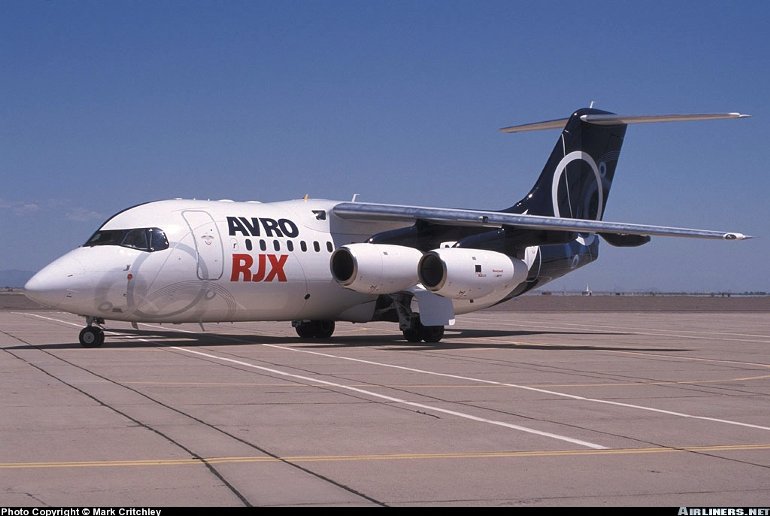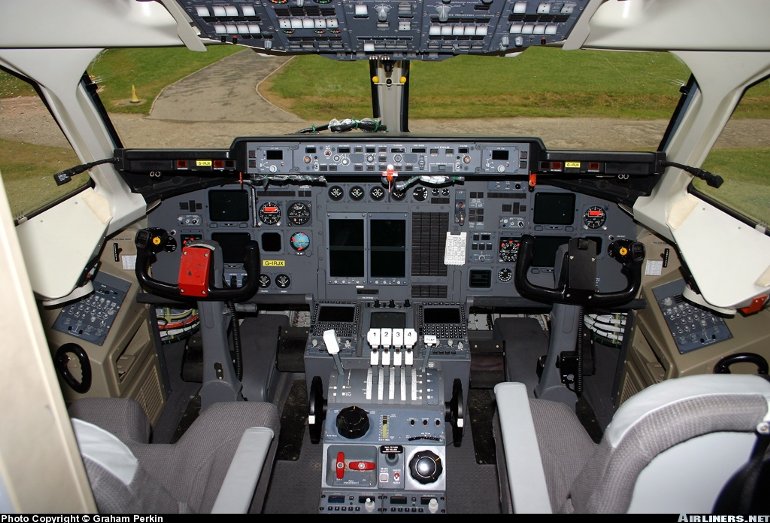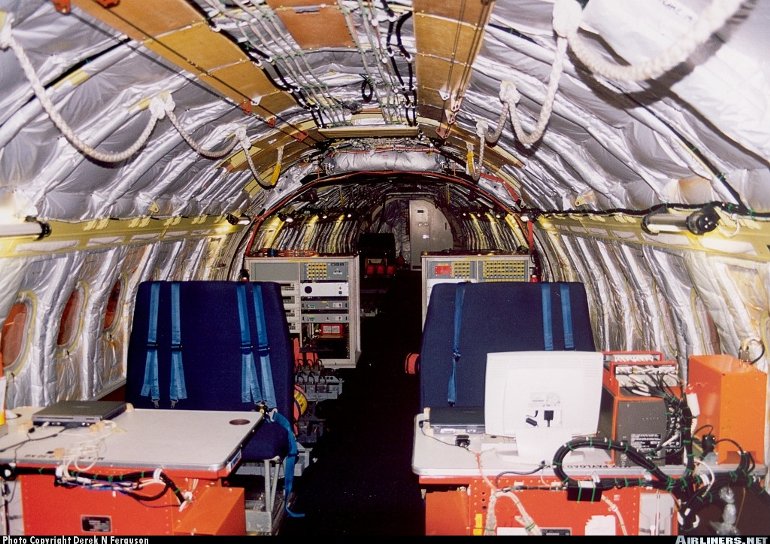Aircraft Technical Data
BAE Systems Avro RJX85/100



| Details | |
| Country of Origin | United Kingdom |
| Type | Regional airliner |
| History | The Avro RJX range is a modernised development of the Avro RJ family, with the key change being new Honeywell AS977 powerplants which promised greater range, improved fuel burn and lower maintenance costs. British Aerospace Regional Aircraft (later BAE Systems Regional Aircraft) announced it was conditionally offering the improved RJX range on February 16 1999 at the Avalon Airshow (near Melbourne, Australia). At the same time British Aerospace announced the selection of the Honeywell AS977 turbofan. At that stage certification was planned for December 2000 and service entry in May 2001. The RJX was formally launched on March 21 2000 (somewhat later than envisaged when the program was announced). Assembly of the first RJX, an RJX85, began before formal launch in March 2000, and the first flight was made April 28 2001. The RJX100 followed with the first flight made on September 23 2001. The RJX's AS977 powerplant is a two spool design with dual FADEC, and compared with the LF-507 of the Avro RJ it replaces, it claimed to produce 5% more thrust in the climb, 15% lower fuel burn, 20% lower direct engine operating costs, lower emissions, and even quieter noise levels. The RJXs would have an up to 17% range increase and a 227kg (500lb) empty weight reduction over the RJs. Like the earlier Avro RJ and BAe-146, the RJX family was offered in three sizes, the 70 seat RJX70, 85 seat RJX85 and 100 seat RJX100. The airframes are unchanged from the corresponding RJ models apart from the engine nacelles and pylons (supplied by GKN Westland). BAE Systems calls the engine, nacelle, pylon and associated accessories package the IPPS (Integrated Power Plant System). Like the RJ, the RJX was also offered as the Avro Business Jet. However, in the wake of BAE Systems' post September 11 concerns of poor sales prospects, the whole RJX program was cancelled on November 27 2001. Only one RJX85 and two RJX100s had flown by then. The RJX85 was parted out at Woodford, and the prototype RJX100 was transferred to the Heritage Aircraft Park at Manchester airport, and the fuselage of the second one became stored at Woodford. Some incomplete aircraft were scrapped. Just 14 aircraft had been ordered prior to program cancellation. |
| Powerplants | Four 31.1kN (7000lb) Honeywell AS977-1A turbofans. |
| Performance | RJX85 - Max speed Mach 0.73. Range 3295km (1780nm). RJX100 - Max speed Mach 0.73, Range 3020km (1630nm). |
| Weights | RJX85 - Operating empty 24,500kg (54,013lb). RJX100 - Operating Empty 25.450kg (56,108lb). |
| Dimensions | RJX85 - Wing span 26.34m (86ft 5in), length 28.60m (93ft 10in), height 8.59m (28ft 2in). Wing area 77.3m2 (832sq ft). RJX100 - Same, except length 30.99m (101ft 8in). |
| Capacity | Flightcrew of two. RJX85 - Typical seating for 85 at five abreast or 100 at six abrest. RJX100 - Typical seating for 100 at five abreast or 112 at six abreast. |
| Production | After 1 RJX85 and 2 RJX100 had flown, production was abandoned. |
| Related Links | BAE Systems Avro RJX85/100 |
The backbone of this section is from the The International Directory of Civil Aircraft by Gerard Frawley and used with permission. To get your own copy of the book click here. |
|








